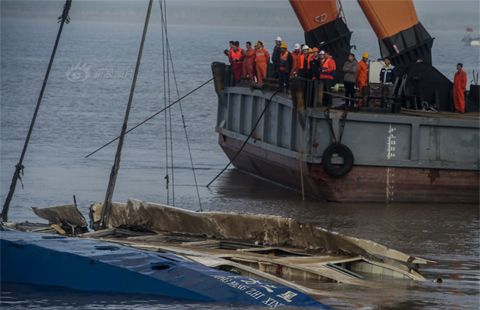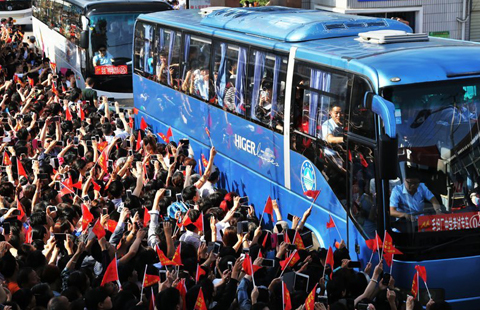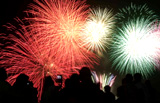Cocktail of past and present
Updated: 2015-06-06 08:06
By Satarupa Bhattacharjya In Shanghai(China Daily)
|
||||||||
 |
|
An old area before it is torn down. [Photo by Jing Wei / For China Daily] |
Politics and architecture
Earlier that day, I toured the Xintiandi area, which many consider a top tourist attraction. The leafy boulevards there are now interspersed with high-end foreign and Chinese luxury brand stores in a neighborhood that once sowed the seeds of the country's Communist revolution.
But for Shanghai residents such apparent contradictions are nothing because their city's modernization was shaped by Western culture, according to Yu Hai, a professor of sociology at Fudan University. "Shanghai was forced to open its doors by Western countries," he says of the establishment of a treaty port more than 150 years ago.
Other scholars too have previously commented on the city's "stunning contrasts".
It is where the best and the worst of the East and the West converge, Liu Heung Shing and Karen Smith wrote in their book, Shanghai - Images of a Great City (1842 - 2010).
In 1921, the Communist Party of China was effectively born out of a meeting held at a shikumen-style house in Xintiandi that belonged to Li Hanjun, one of the attendees.
The site subsequently became a museum looked after by the State Council - China's cabinet.
New China's founding father Mao Zedong, Li and 11 other Chinese and two foreign Communists clandestinely congregated at the house that summer, but their meeting was broken up by police from the former French concession, and had to be concluded later in eastern China's Zhejiang province.
Xintiandi shows Shanghai's political past even if the city is largely known to the world as China's economic powerhouse.
A block from the CPC museum is Shikumen House: a sample of the olden-day Shanghai architecture that mixed Chinese and European designs.
- Students prepare to take national college entrance exams
- TV giants suspend shows for ship wreck mourning
- China, Japan reopen finance talks after delay over sour relations
- Crews raise capsized ship to assist search
- China rescuers right ship to speed up search for missing
- More countries send condolences over China's cruise ship accident

 Man sues actress for staring at him
Man sues actress for staring at him
 Students prepare to take national college entrance exams
Students prepare to take national college entrance exams
 Across America (May 29- June 4)
Across America (May 29- June 4)
 Operation underway to turn the ship over
Operation underway to turn the ship over
 Prayers held for ship passengers
Prayers held for ship passengers Warriors beat Cavs in Game One OT thriller
Warriors beat Cavs in Game One OT thriller
 Cannavaro's Evergrande life in photos
Cannavaro's Evergrande life in photos
 Ten photos you don't wanna miss - June 5
Ten photos you don't wanna miss - June 5
Most Viewed
Editor's Picks

|

|

|

|

|

|
Today's Top News
Death toll jumps to 396
as hopes of finding any
survivor in cruise fade
China, Japan reopen finance talks after delay over sour relations
Hacking claim isn't responsible, Beijing says
Startups return to China to battle pollution
Rescuers right ship to
speed up recovery
Overseas real estate investment hits record $7.5b in Q1
Editorial: Aquino shows a lack of sense or sensibility
60% of Chinese youth OK with premarital sex: survey
US Weekly

|

|







